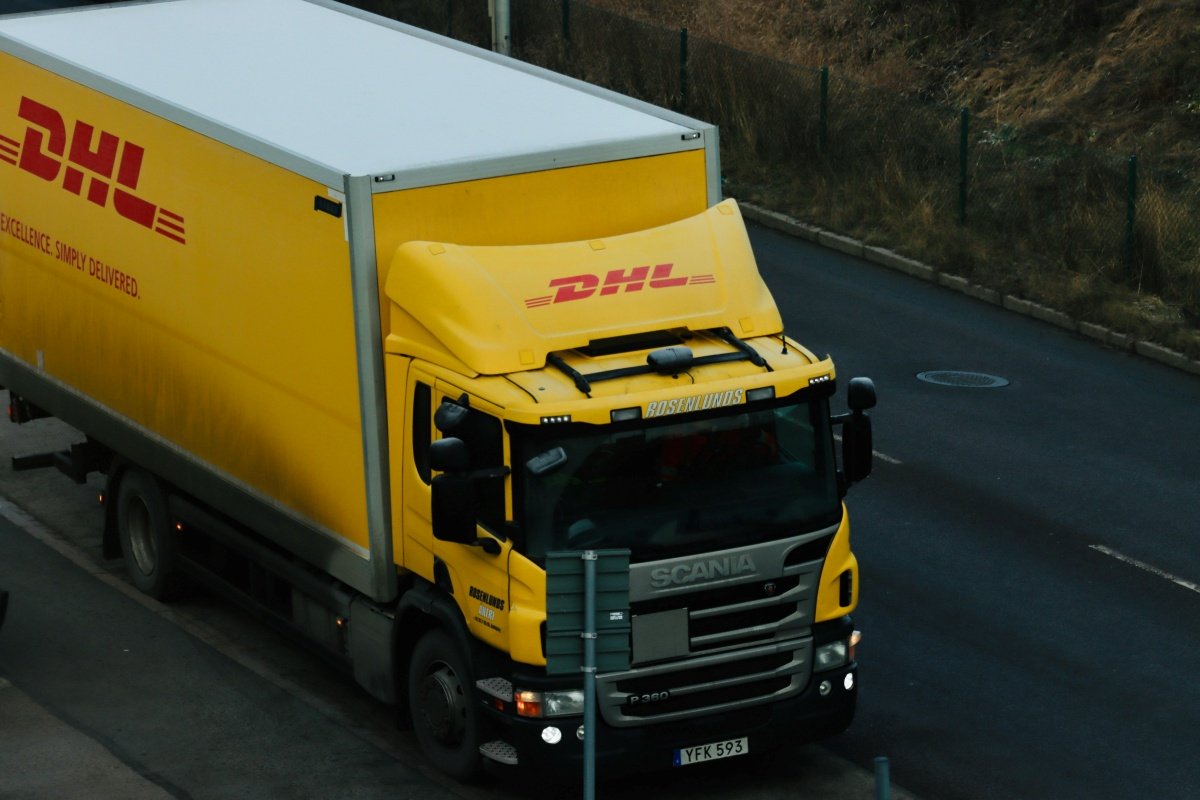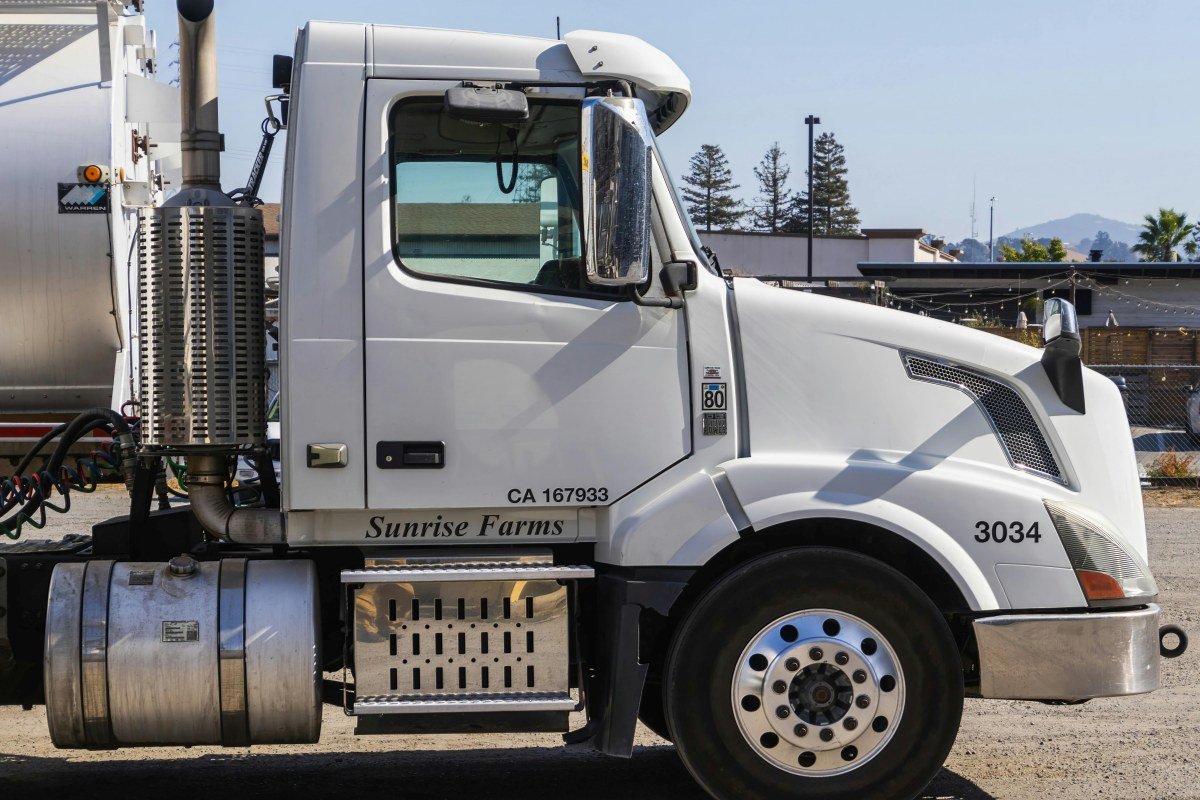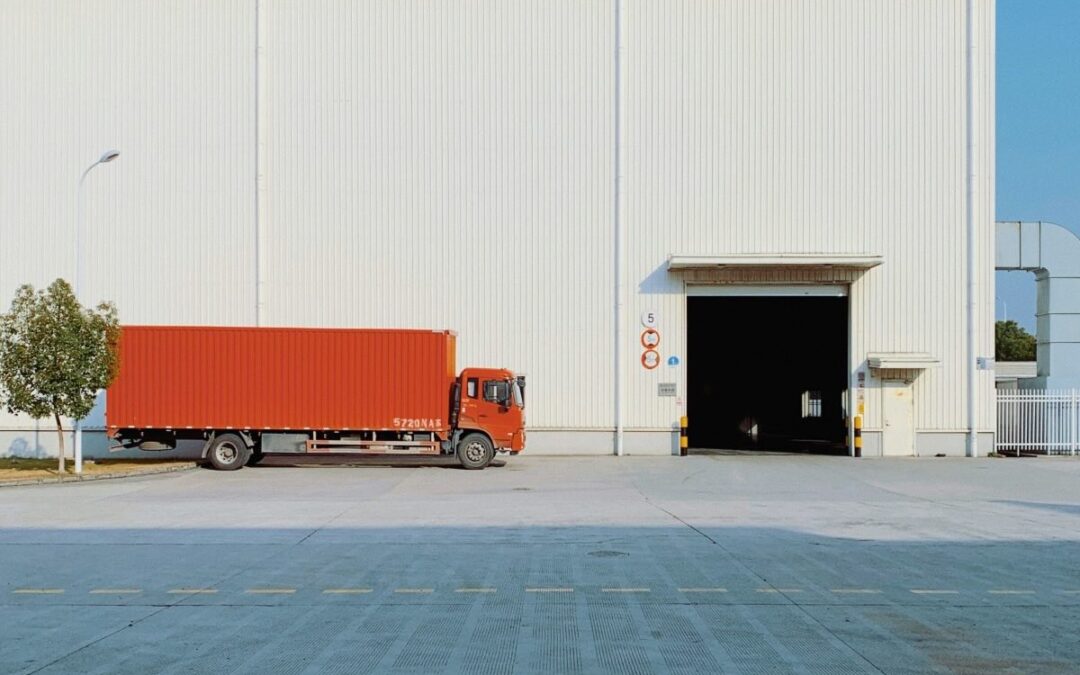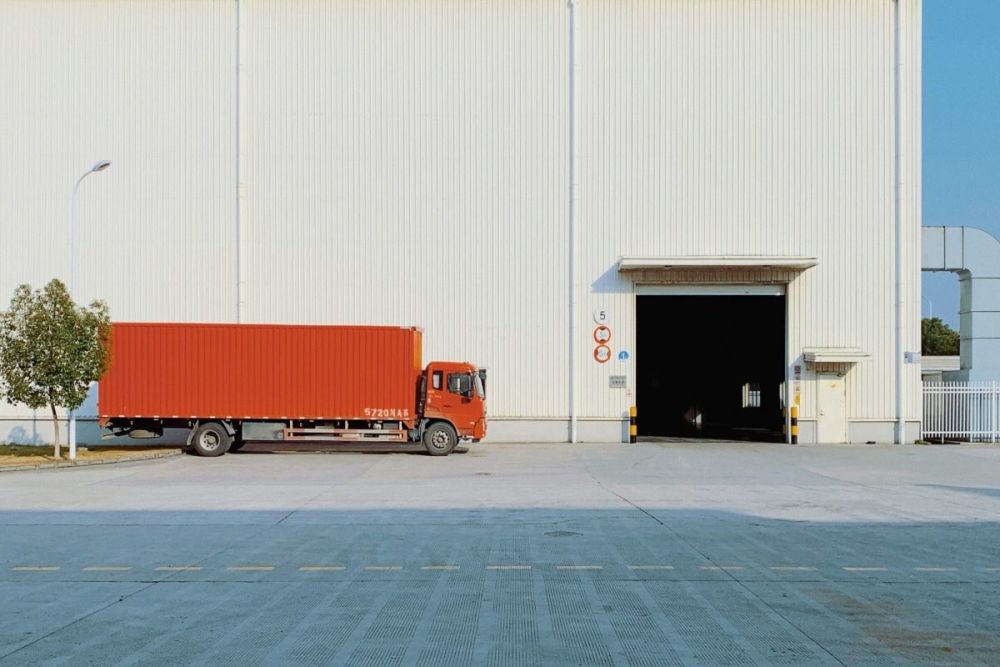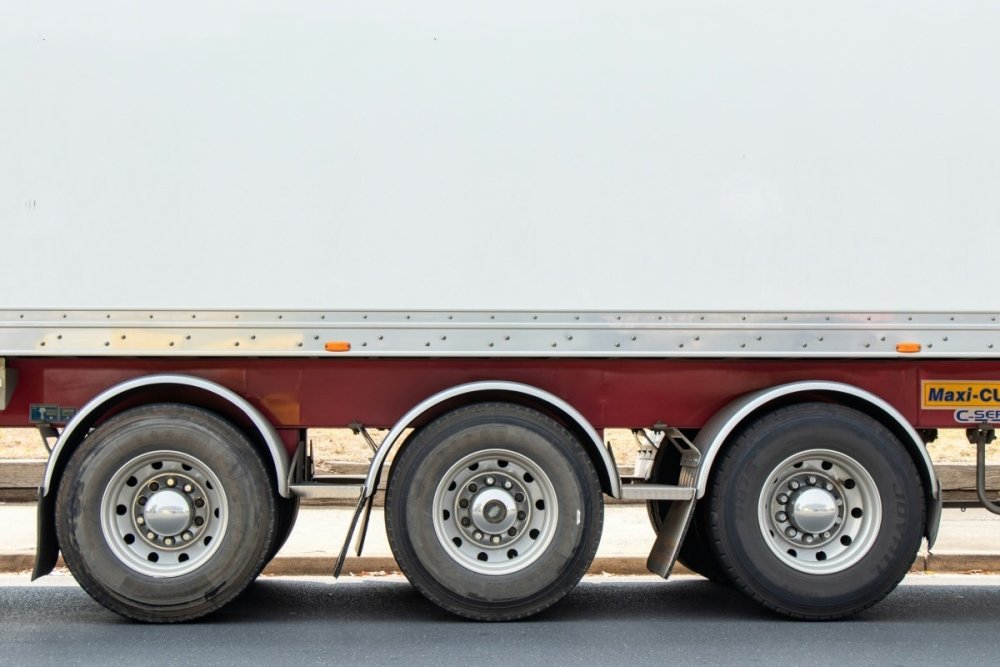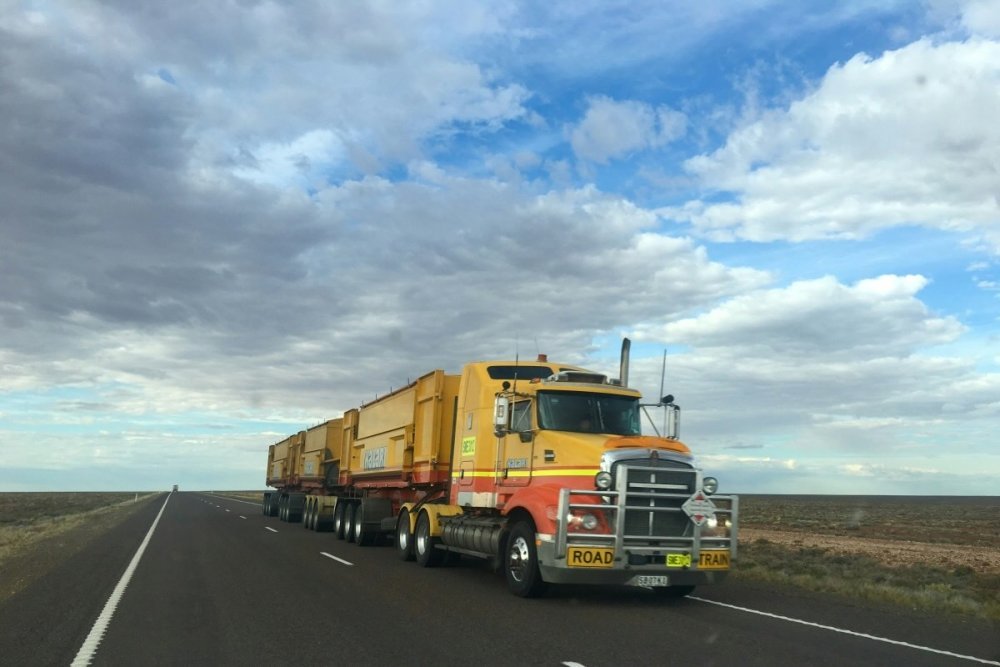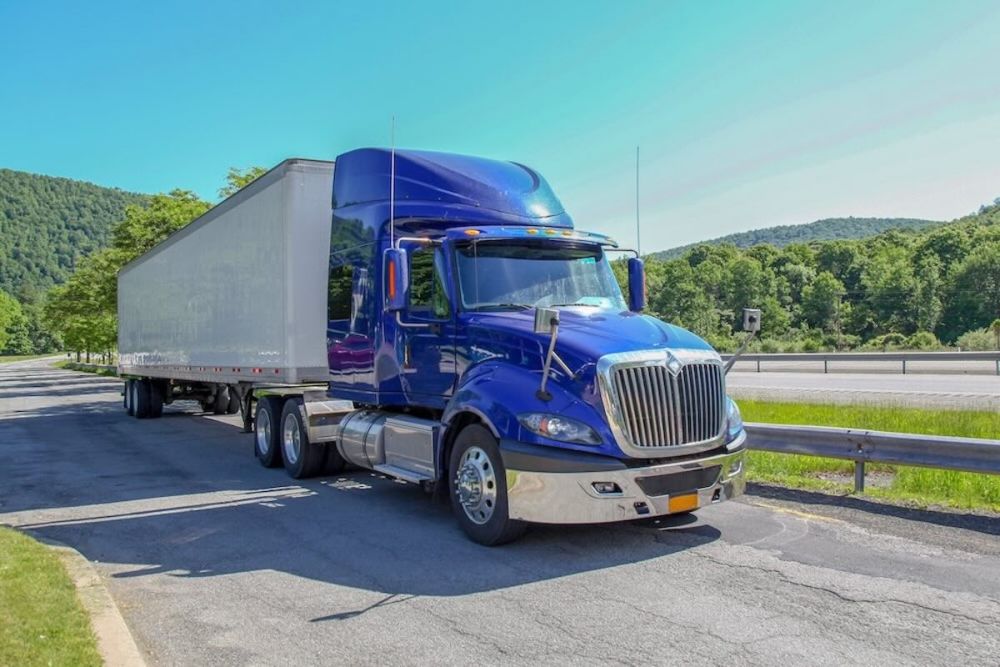The July 2025 Cass Freight Index confirms what many drivers have already felt: loads are lighter, costs remain stubborn, and tariffs are reshaping the market.
For semi-truck owner-operators, small fleets, and first-time buyers, the combination of weaker volumes and higher costs is pushing margins thin – and making access to reliable trucking financing more critical than ever.
July 2025 Cass Index Reveals Freight Slowdown
According to the Cass Freight Index report, shipment volumes fell 1.8% month-over-month and 6.9% year-over-year, marking the steepest annual decline so far in 2025.
While volumes retreated, expenditures only slipped 1.5% from June and actually ticked up 0.4% compared to July 2024, showing that carriers are still paying nearly the same for less freight.
The real standout is the “inferred freight rate,” calculated by dividing expenditures by shipments. In July, this metric jumped 7.9% year-over-year, meaning the cost per unit of freight rose sharply even though volume shrank.
Analysts from ACT Research, which partners with Cass on index analysis, describe it as an “air pocket” in demand worsened by tariffs and uneven inventory cycles.
Tariffs Intensify Pressure on Trucking Costs
The July report makes it clear that new tariffs introduced in 2025 are magnifying the strain.
Tariff increases, including a 25% duty on most goods from Canada and Mexico, plus tariffs on Chinese imports that have increased from 10% to 20% retroactively, have reverberated across supply chains, disrupting pricing and sourcing strategies.
Some shippers pulled freight forward earlier in the year to beat tariff deadlines, leaving a mid-year demand slump in their wake.
Tariffs also raise costs beyond freight demand. Higher import prices mean more expensive replacement parts, tires, and even new trucks, squeezing owner-operators already contending with volatile diesel prices and elevated insurance premiums.
As Cass notes, freight demand is weakening at the same time operating expenses remain high – a double hit for small commercial truck carriers.

What Declining Freight Means for Small Carriers
For large carriers, diversified contracts and stronger shipper relationships provide some cushion. Conversely, the July Cass Index depicts a harsher scenario for independent drivers and small fleets:
- Fewer load opportunities: With shipment volume down nearly 7% year-over-year, competition intensifies for every available haul.
- Rising cost per mile: Even as freight spend softens, higher inferred rates reflect modal shifts toward truckload, leaving small carriers paying more to move less.
- Cash flow uncertainty: Reduced freight options can delay truck payments, repairs, and insurance premiums – critical obligations for small operators.
- Tariff exposure: With imported equipment and parts becoming more expensive, repair costs climb at the worst possible time.
These pressures are especially acute for first-time buyers or drivers with limited credit history. Without steady access to capital, even one unexpected repair bill or fuel price spike can take a truck off the road.
Financing as a Lifeline for Owner-Operators
This is where Mission Financial Services becomes a critical partner. While banks and traditional lenders may tighten credit in soft freight markets, we continue to provide tailored solutions for drivers often overlooked elsewhere.
With approvals in as little as four hours and consideration for credit scores as low as 460, Mission Financial Services supports:
- Commercial Truck Repair Loans that reduce costly downtime when repairs can’t wait.
- Small Fleet Loans for operators growing beyond one truck.
- Bad Credit Loans and First-Time Buyer Loans that keep opportunity within reach, even with limited history.
By smoothing cash flow, ensuring trucks stay operational, and covering unexpected costs, financing becomes a lifeline for small carriers navigating downturns.
Practical Takeaways from the July Cass Index
The July 2025 Cass Index is more than a set of figures. It’s a guide for how drivers and fleets should respond in a shifting market.
Key takeaways include:
- Prepare for tighter competition: With shipment volumes down 6.9% year-over-year, expect fewer freight opportunities and more carriers bidding for the same loads.
- Track costs against revenue: Tariffs and inflation are driving up prices on parts, tires, and equipment. Using tools like the Cass Index to ensure you’re not hauling freight at a loss.
- Protect your cash flow: In a downturn, steady access to working capital is just as important as finding loads. Flexible financing options, such as commercial truck repair loans or title loans, can cover expenses when income dips.
- Plan with cycles in mind: Cass data shows freight markets move in waves, not straight lines. Positioning your business with a strong financial footing now ensures you’re ready to scale when demand rebounds.
Final Thoughts
The July 2025 Cass Freight Index tells a tough story: freight volumes are shrinking, tariffs are raising costs, and small carriers feel the pinch most. Yet downturns don’t last forever.
By combining smart load evaluation with steady access to financing, owner-operators and small fleets can stay in business today and be ready for tomorrow’s rebound.
Ready to keep your operation moving despite freight headwinds? Start your credit application with Mission Financial Services today, and get the financing support you need to stay on the road and ahead of the curve.


